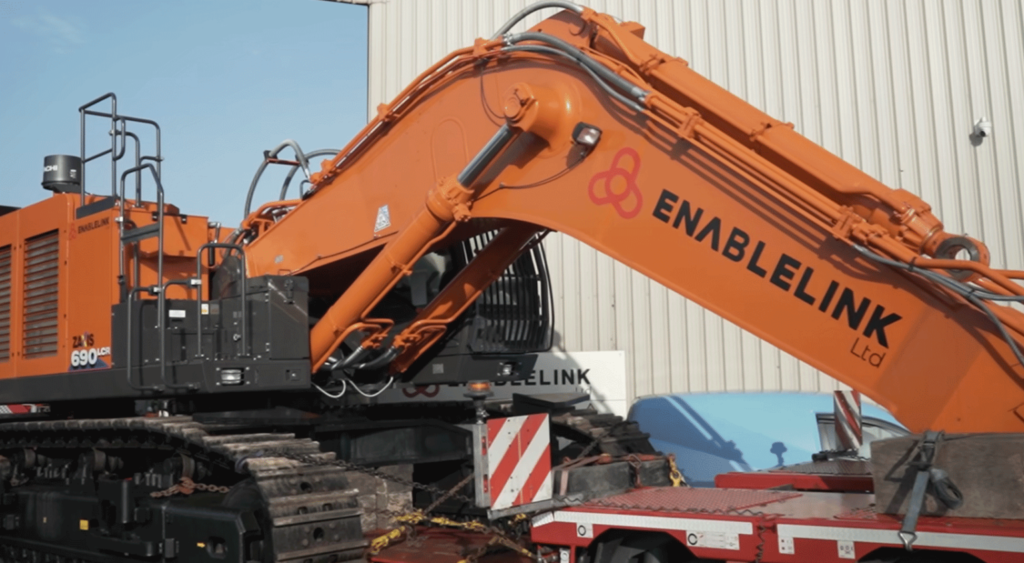The consultation group, which includes the British Metal Recyclers' Association, the Motor Vehicle Dismantlers Association of Great Britain, the British Vehicle Salvage Federation and the Society of Motor Manufacturers and Traders, has been considering how the UK will implement the EU directive on ELVs.
So far, there have been four options (plus an amendment) suggested since the government's consultation paper came out in April. Only one key decision has been made – in July it was announced that vehicle manufacturers would be responsible for the costs of implementation from 2007 (see letsrecycle.com story), but as yet no satisfactory solution has been found for making the system work.
It is now known that the DTI has suggested a fifth option to the consultation group, which is the closest option yet to gaining uniform agreement.
Called “producer choice”, the new option is still only a framework, with details yet to be hammered out between both sides, but it is known that both the motor manufacturers and the metal recyclers are broadly happy with it as a basis for further discussions.
Choice
In the producer choice option, vehicle manufacturers and professional importers would have to provide evidence that they carried out their obligation of recovery, but would have a choice in how this obligation would be calculated.
One “choice” would be to calculate the obligation by dividing up the number of ELVs arising each year by the size of each company's market share. This would mean that a company with a 20% share of the vehicle market would be apportioned an obligation to recover 20% of the vehicles in each year's waste stream.
This “market share” approach would take account of companies favouring the second option, in which a company's obligation would be related to the number of vehicles in the waste stream belonged to its own marque. If a company opted out of the market share approach, the number of vehicles it would be responsible for under the “own marque” approach would be removed from the total sum over which the market share figures were calculated.
The market share approach would be the “default” option, with companies on that path unless they specifically opted out to go for the own marque approach.
Evidence
Whichever method favoured by each company, all vehicle manufacturers and importers would then have to present the regulator (such as the Environment Agency) each year with evidence that their obligation had been carried out.
Companies that opted for the “market share” approach would be able to use the services of compliance schemes, such as those currently handling packaging waste recovery obligations, to ensure that the recovery targets are met. Evidence would come in the form of Vehicle Recovery Notes or Vehicle Export Recovery Notes – again, similar to the packaging waste system.
However, the matter is complicated by the suggestion that the metal component of vehicle recovery should not be tradable since the belief is that the producer choice option does not materially affect the market for metals recycling. Evidence would still be required for the metals to be recovered, but it would be carried out under a protocol agreed with the regulatory authority.
Companies opting out would show evidence of their own compliance with certificate of destruction-based proof that the re-use, recycling and energy recovery had taken place for their tonnage of own marque vehicles.
Companies using both approaches would also be responsible for the treatment of orphan vehicles, proportionate to their market share.










Subscribe for free